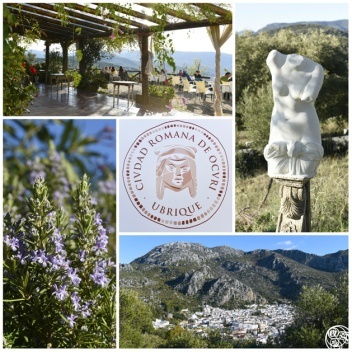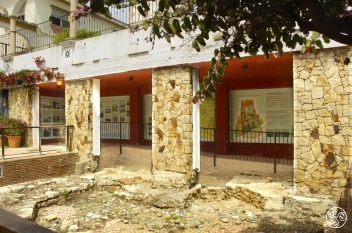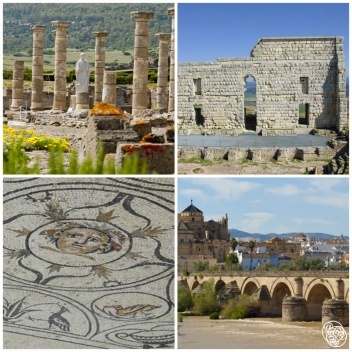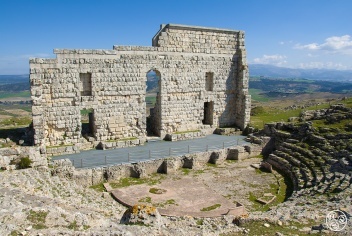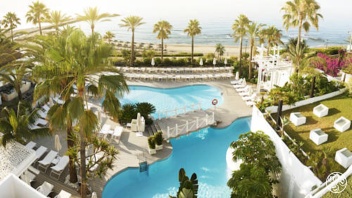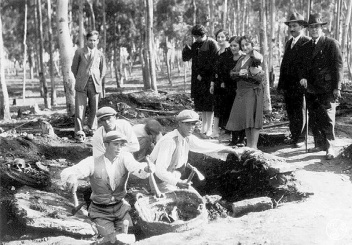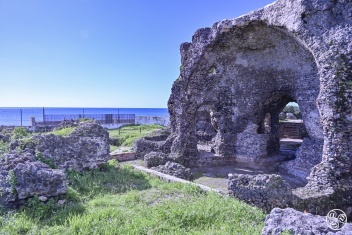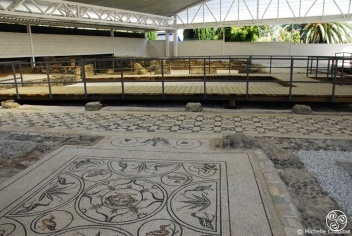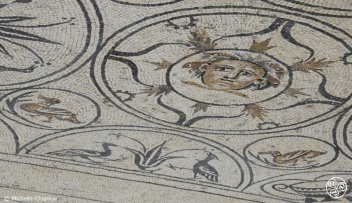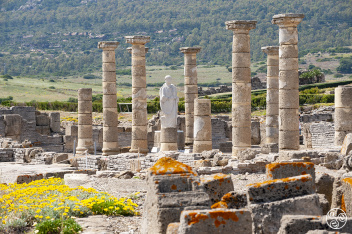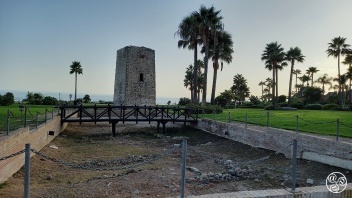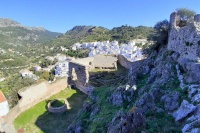Carteia Roman Archaeological Site
Driving past Algeciras on the N340, a passer-by would never suspect that nestled behind Cepsa´s vast petrochemical plant is one of Andalucia´s most significant ancient heritage sites. Yacimiento Arqueológico Romano Carteia (Carteia Roman Archeological Site) is a strange theatre of juxtaposition, with Roman structures of varying preservation, medieval additions, and a backdrop of smoke-spewing chimneys. These fascinating contradictions alone make the site worth a visit, but its rich history remains the focus.


